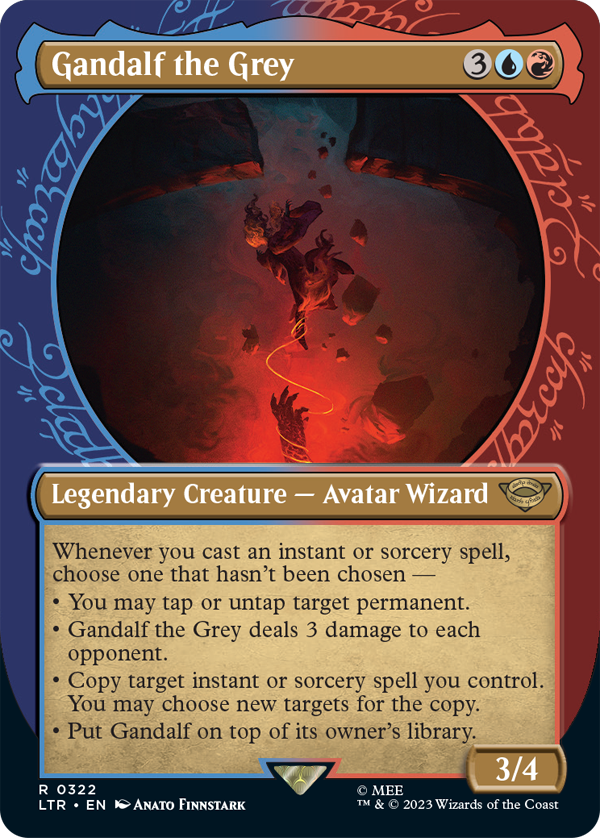Magic: The Gathering is a game that captivates players with its rich lore, intricate gameplay, plus endless possibilities for deck construction. When you’re new to the game and are desperate to dive in, building a deck can think both exciting plus overwhelming. Fear certainly not, that guide is your ultimate friend on the trip to becoming a skilled planeswalker. We are going to walk you through the essentials of floor building, share very helpful tips, and help you unleash the creativity by composing decking that symbolizes your unique playstyle.
Creating some sort of competitive Magic: The Gathering deck coming from scratch requires understanding core concepts such as mana, creatures, and even spells. You desire to find the right balance in between these elements plus choose color combinations that resonate along with your strategy. Whether you're working with a new limited budget or aiming for competition play, this post will present you with insights and strategies that will cater to almost all levels of encounter. Collect your playing cards, get comfortable, plus let’s embark in this exciting trip into the entire world of Magic: The Gathering deck building.
Essential Principles of Outdoor patio Building
When building your first Magic: The Gathering deck, understanding the core components is essential for creating a successful strategy. The well-constructed deck usually comprises a balanced combine of mana resources, creatures, and periods. Mana is the lifeblood of your current deck, allowing an individual to cast periods and summon creatures. Aim for about 40 percent of your deck in order to be lands, when the remaining greeting cards should consist regarding a mix of creatures in addition to spells that synergize effectively with 1 another.

One of the most important aspects regarding deck building is usually ensuring a natural strategy. Determine some sort of theme or archetype for your floor, whether it is aggressive, manage, or combo-based. This kind of choice will guide your decisions within selecting cards that will not only meet your playstyle nevertheless also work collectively to attain your succeed conditions. By centering on a certain method, you can improve your deck to be able to consistently apply pressure on your adversary or execute your own game plan using precision.
Finally, testing your deck is vital to be able to refining its functionality. Playtest against different opponents and products to identify strengths and weaknesses. Diverse playtesting might reveal what cards are consistently successful and which may need substitution or even adjustment. Don't be reluctant to iterate about your design based on feedback along with your own experiences. The more you engage with your deck used, the better you will understand how to be able to adapt and increase it over moment.
Picking Your Cards Sensibly
When building your Magic: The Gathering decks, selecting the proper cards is vital for producing a cohesive and effective approach. Start with understanding Magic The Gathering regarding your deck: animals, spells, and gets. Aim for balanced mix that certainly not only aligns along with your chosen theme or archetype although also complements each and every card's strengths and weaknesses. Make sure to incorporate cards that satisfy specific roles, these kinds of as aggressive beings for an aggro deck or highly effective spells for the control strategy.
After getting some sort of foundation set up, dig deeper into the mechanics of each and every cards. Look for cohesions that enhance your own overall strategy. Regarding example, in case you are building a combo porch, prioritize cards that may work together to create powerful communications. Additionally, look closely at the mana cost and even color requirements associated with your cards, that will impact your own ability to cast them efficiently in the course of the game. Some sort of well-constructed deck can ensure you can regularly play your playing cards when needed.
Finally, think about the importance associated with card draw and even removal spells. Card draw helps you maintain a stable move of options, letting you to maintain your hand complete and adapt to different situations. Removal spells are essential for dealing with your opponent's dangers, giving you the ability to control the board. Balancing these types of elements will allow you to generate a deck that not only has sturdy individual cards but also functions well as a possible unit, increasing your current likelihood of success inside of matches.
Testing and Adjusting Your Deck
Once an individual have crafted your own Magic: The Gathering deck, the following essential step is definitely testing it. Playtest against various oppositions and deck sorts to understand how your strategy retains up in different situations. Keep track associated with how each cards performs during these types of games. Are available playing cards that consistently underperform, or strategies that don't pan out there as expected? https://articlescad.com/deckbuilding-101-crafting-your-first-magic-the-gathering-masterpiece-172631.html is crucial for identifying strong points and weaknesses within your deck.
As you gather feedback from the playtests, make tweaks to improve your current deck's overall effectiveness. This might imply swapping out underperforming cards for ones that better fit your strategy or even adjusting the mana curve to ensure better draws. Consider the ratios of beings, spells, and dimana sources. Striking the right balance may significantly boost your deck's performance and stability in games.
Finally, remember that deck building is an continuous process. The Magic: The Gathering metagame is definitely changing, together with new expansions and formats emerging regularly. Stay informed regarding new cards and strategies, and don't hesitate to change your deck accordingly. Regularly testing in addition to tweaking your porch will assist you to keep this fresh and competing, ensuring that you could unleash your inner planeswalker effectively.
